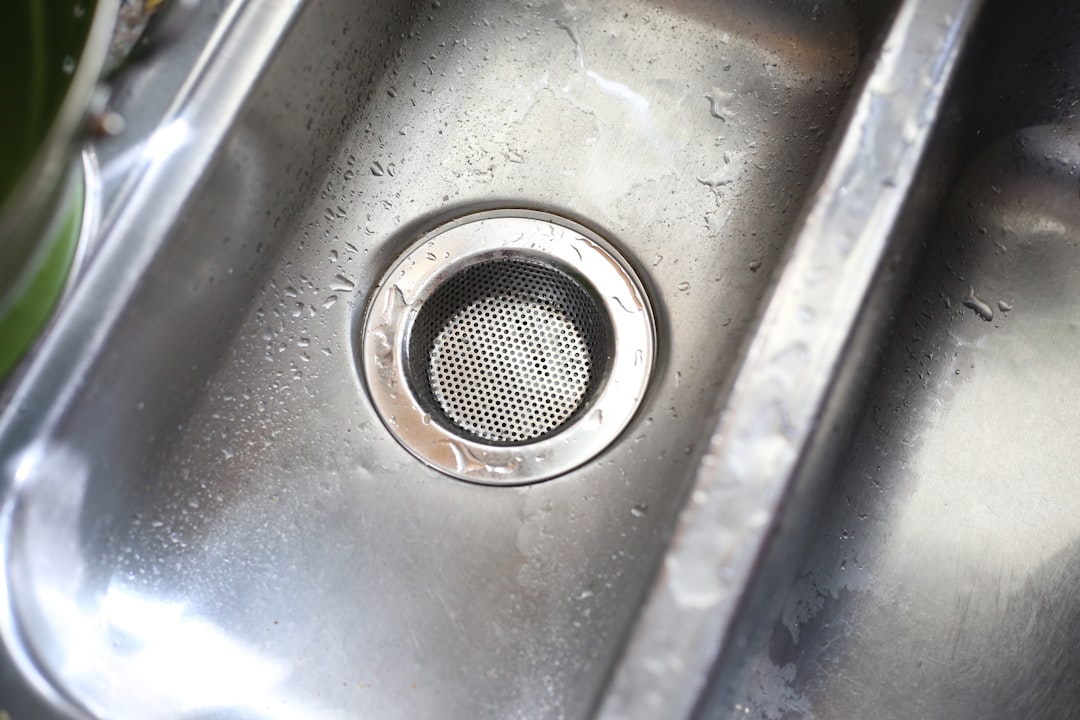Water damage is one of the most common, costly, and devastating issues a homeowner can face. Whether it originates from a broken pipe, a malfunctioning appliance, or a slow and undetected leak, the effects on property can be disastrous. From mold growth and structural damage to expensive repairs and inflated utility bills, the consequences are wide-ranging. In this context, leak detectors for home protection have emerged as a vital technology, offering homeowners peace of mind and proactive defense against unexpected water intrusions.
Contents of Post
What Are Leak Detectors?
Leak detectors are small, often wireless electronic devices designed to detect the presence of water—or in some cases, increased humidity—in areas where leaks are likely to occur. These devices sound an alarm or send alerts when they detect potential problems, allowing homeowners to take immediate action before significant damage occurs.
Modern leak detectors vary in complexity, ranging from simple standalone alarms to sophisticated systems integrated with smart home ecosystems. Many are equipped with Wi-Fi or Bluetooth connectivity, enabling them to send instant notifications to your smartphone so you’re alerted even when you’re not home.
Why Leak Detectors Are Crucial for Home Protection
Homeowners sometimes underestimate the potential damage of even a small leak. Over time, a few drips per minute can lead to thousands of gallons of wasted water and degradation of a home’s internal structure. Here are several compelling reasons to install leak detectors in your home:
- Prevent Property Damage: Early detection can stop leaks before they become major issues, preventing warping floors, rotten wood, and damaged drywall.
- Avoid Costly Repairs: Addressing a minor leak is significantly cheaper than repairing water-damaged areas or treating mold infestation.
- Reduce Water Bills: Slow leaks can go undetected for months but still lead to spikes in water bills.
- Insurance Benefits: Many insurance companies offer premium discounts for homes with preventive technologies like leak detection systems.
- Enhance Peace of Mind: Knowing that your home is monitored around the clock can eliminate the stress of hidden leaks.
Where Should Leak Detectors Be Installed?
Leak detectors should be strategically placed in areas where water damage is most likely to occur. Some key locations include:
- Under sinks in kitchens and bathrooms
- Behind or beneath appliances like washing machines, dishwashers, and refrigerators with water lines
- Near the water heater, which is a common source of leaks and a place where large volumes of water can escape if a malfunction occurs
- In basements or crawlspaces prone to groundwater seepage or plumbing issues
- Next to toilets or in utility rooms containing plumbing or HVAC systems

In homes with multiple levels, placing detectors in rooms directly above living areas is also recommended. Water from an upstairs bathroom leak can travel through ceilings, causing widespread damage before detection.
Types of Leak Detectors
Leak detectors come in various shapes and styles, each suited to different needs and budgets. Understanding the types available is essential for making an informed decision:
1. Simple Standalone Water Alarms
These battery-operated devices emit a loud alarm when they detect the presence of water. They are inexpensive, easy to install, and require no complex setup.
2. Smart Leak Detectors
Connected to Wi-Fi or Bluetooth, smart detectors send alerts via smartphone apps and often integrate with other smart home systems. Some models provide temperature and humidity readings as well, which can help in identifying frozen pipes or damp conditions that may signify hidden leaks.
3. Integrated Systems with Shutoff Valves
The most advanced systems not only detect leaks but also automatically shut off your home’s water supply when irregular flow is detected. These are ideal for vacation homes, rental properties, or homes in areas prone to freezing temperatures and burst pipes.
Smart Home Integration
Thanks to innovations in IoT (Internet of Things), many modern leak detectors offer seamless integration with existing smart home ecosystems. This means they can interact with devices like Amazon Alexa or Google Assistant, as well as smart thermostats and security systems.
For instance, if a leak is detected under your sink, a smart system can turn off the water supply, notify you via your smartphone, and even activate a camera to record the affected area. Some detectors can also log temperature and humidity trends to alert you about changes that might indicate plumbing issues before water even becomes visible.
Features to Consider When Choosing a Leak Detector
With the growing number of products on the market, selecting the right leak detector can feel overwhelming. Here are some important features to compare:
- Detection Method: Sensors can be contact-based (requiring water to touch them) or use infrared or sound waves to detect leaks.
- Alert Types: Look for detectors that offer multiple alert formats: sound alarms, mobile notifications, and even text or email alerts.
- Power Source: Battery-operated units offer flexibility but require maintenance; hardwired units are more permanent but need installation.
- Sensitivity: High-quality sensors can detect even minimal amounts of water or small increases in humidity.
- Expandability: Choose models that can grow with your needs—additional sensors, longer cables, or advanced system integration.

Installation and Maintenance
Setting up most leak detectors is straightforward, especially standalone or battery-powered models. Simply place the unit where a leak is likely and follow the manufacturer’s setup procedure. Wireless models might need to be paired with an app or a central hub.
However, systems with water shut-off valves or advanced integration may require professional installation. Either way, proper placement and periodic testing are critical to ensuring the performance of any device.
Don’t forget maintenance: Replace batteries as required, regularly test the alarms, and check sensor placement to ensure continued protection. Some smart models offer self-testing functions or low-battery alerts to take the guesswork out of maintenance.
Cost and Value
The price range for leak detectors can vary widely, from $20 for basic models to $500 or more for integrated systems with automatic shut-off capabilities. While the cost may seem high for the more advanced options, the potential to prevent thousands of dollars in water damage makes them a worthwhile investment.
Consider the value not only in terms of money saved but also in terms of safeguarding irreplaceable belongings and maintaining a healthy living environment. A single leak detector under a water heater could prevent months of disruption and extensive renovation costs.
Final Thoughts
Water leaks are silent threats to the security, safety, and value of your home. Fortunately, technology has provided us with affordable and highly effective tools to combat this risk. Installing reliable leak detectors is no longer a luxury—it’s a necessity for any responsible homeowner.
Whether you own a large family residence or a small condominium, protecting your home starts with awareness—and there is no better way to stay informed and vigilant than through a well-placed, intelligently configured leak detection system.
Don’t wait for disaster to strike. Invest in your home’s protection today with leak detection technology tailored to your needs.

